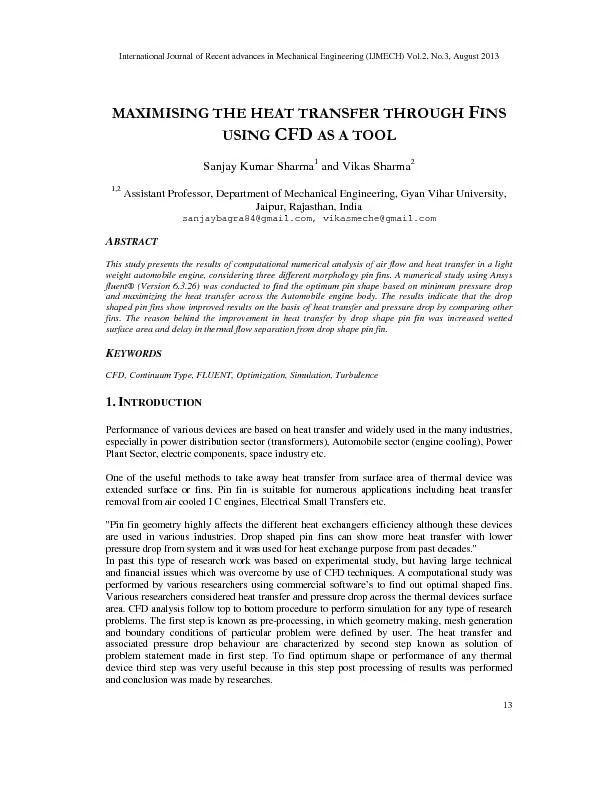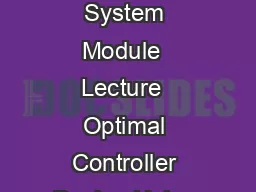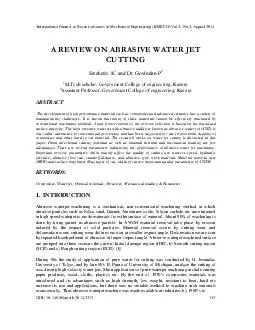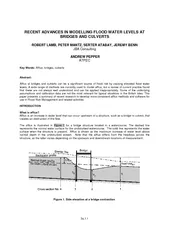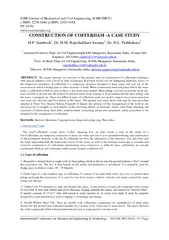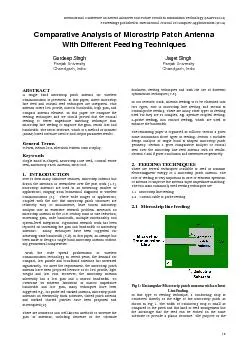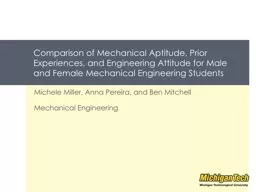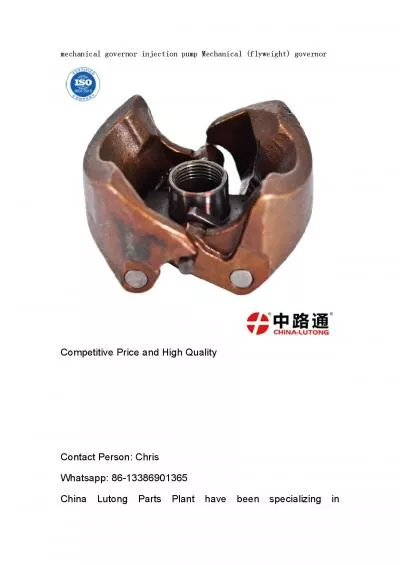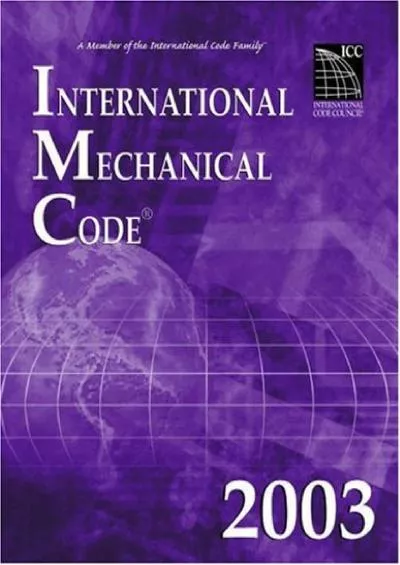PDF-International Journal of Recent advances in Mechanical Engineering (IJ
Author : conchita-marotz | Published Date : 2016-04-15
International Journal of R ecent advances in Mechanical Engineering IJMECH Vol2 No3 August 2013 The objective of t his study was to find out optimum type of fins
Presentation Embed Code
Download Presentation
Download Presentation The PPT/PDF document "International Journal of Recent advances..." is the property of its rightful owner. Permission is granted to download and print the materials on this website for personal, non-commercial use only, and to display it on your personal computer provided you do not modify the materials and that you retain all copyright notices contained in the materials. By downloading content from our website, you accept the terms of this agreement.
International Journal of Recent advances in Mechanical Engineering (IJ: Transcript
Download Rules Of Document
"International Journal of Recent advances in Mechanical Engineering (IJ"The content belongs to its owner. You may download and print it for personal use, without modification, and keep all copyright notices. By downloading, you agree to these terms.
Related Documents

